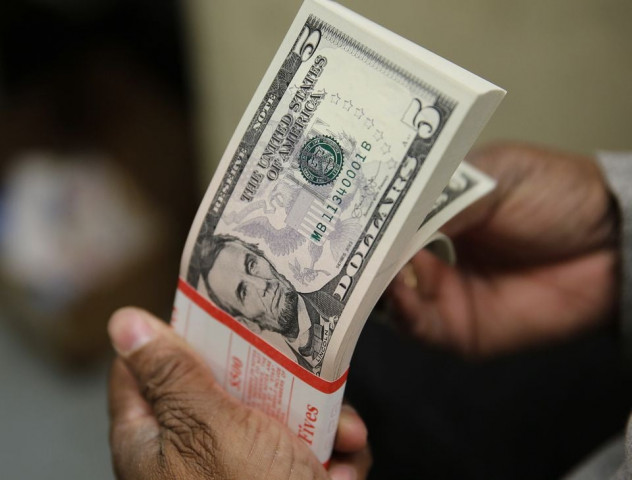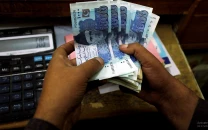Foreign loans surge to $4.6b in five months
Figure does not include borrowing made through Naya Pakistan Certificates

Foreign loan disbursements surged to $4.6 billion in the past five months – three-fourths of them were taken for budget deficit financing and foreign exchange reserves building – amid the government’s admission that it was taking new loans to pay back previous debt.
The government received $4.6 billion in gross foreign loans during the July-November period of current fiscal year 2021-22, the Ministry of Economic Affairs stated on Thursday.
The $4.6 billion of foreign loans did not include the borrowing made through the highly expensive Naya Pakistan Certificates at up to 7% interest in dollar terms for only one year.
The loan details have been made public two days after Information Minister Fawad Chaudhry highlighted the gravity of the situation, saying that the government was taking new loans to pay off the old debt secured by the previous government.
However, a significant amount of new debt is being taken to retire the obligations of the ruling Pakistan Tehreek-e-Insaf (PTI) government. The minister also said that the government was taking fresh loans on a long-term basis.
But the economic affairs ministry bulletin showed that one-third of the new gross loans were on account of short-term foreign commercial borrowing.
An amount of $1.53 billion was received in foreign commercial loans from banks during the first five months of current fiscal year, including $663 million in November.
The government borrowed $61 million from Ajman Bank and $720 million from Dubai Bank, including a fresh contract for $505 million.
Another loan of $478 million was taken from Standard Chartered Bank, London, including $158 million last month, according to the economic affairs ministry. A financing of $270 million was secured from Credit Suisse AG.
Overall, three-fourths of the loans, or $3.4 billion, were taken for non-productive uses like budget financing, crude oil import and foreign exchange reserves building.
Owing to the increasing reliance on loans to enhance the country’s foreign exchange reserves and finance the budget deficit, the cost of debt servicing has gone up significantly.
Read Private sector borrowing rises despite rate hike
The steep rupee devaluation has also made matters worse for the government, as the depreciation has already added Rs1.6 trillion to the stock of external public debt as of June this year.
A report of the State Bank of Pakistan (SBP) revealed that during the first three years of its tenure, the PTI government added Rs14.9 trillion to the public debt, which was 60% more than the debt stock in June 2018.
Finance Adviser Shaukat Tarin said last month that the revival of the International Monetary Fund (IMF) programme would help secure more loans from the bilateral and multilateral lenders.
The government is targeting to implement the pre-conditions set by the IMF by the end of this month for resuming the IMF programme by January 12. Missing the deadline will have serious implications for the credibility of the government.
The government took $468 million in loans from the Islamic Development Bank for crude oil imports and $1 billion worth of bonds were floated in July this year.
The Asian Infrastructure Investment Bank released $37 million for project financing.
Official statistics showed that bilateral lending to Pakistan almost dried up in the current fiscal year, standing at a mere $84 million so far for project financing. This included $73.4 million in project lending by China.
The government has not yet been able to secure a fresh commitment of $6 billion from China for financing the Mainline-I railway project of China-Pakistan Economic Corridor (CPEC).
The multilateral lenders gave nearly $2 billion in loans in five months, which had started picking up on hopes for revival of the IMF deal.
Amongst the multilateral development partners, the Asian Development Bank (ADB) disbursed $619 million during the July-November period, including the money for vaccine procurement.
The World Bank released $825 million in five months, including a withheld loan of $400 million under the Programme for Affordable Clean Energy (PACE) after the government approved a new power generation expansion plan under the loan condition.
Published in The Express Tribune, December 24th, 2021.
Like Business on Facebook, follow @TribuneBiz on Twitter to stay informed and join in the conversation.



1728020501-0/Express-Tribune-Web-(13)1728020501-0-208x130.webp)






1726134115-0/BeFunk_-(41)1726134115-0-208x130.webp)








COMMENTS
Comments are moderated and generally will be posted if they are on-topic and not abusive.
For more information, please see our Comments FAQ